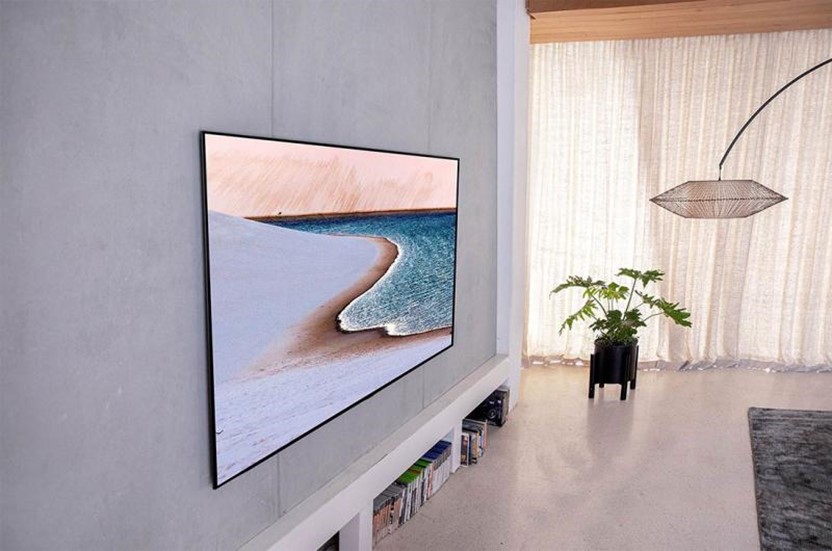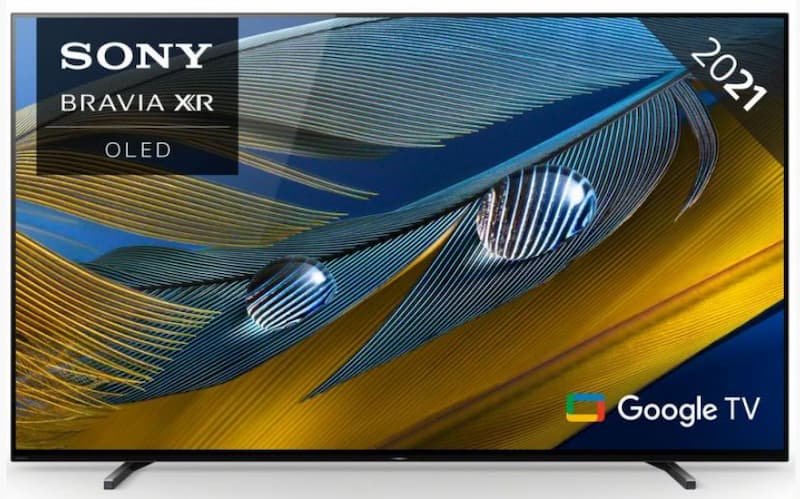Everyone gets to the point of replacing or upgrading to a new TV. We see sales encouraging consumers to buy the latest models at excellent prices throughout the year. It can be an exciting new purchase, but how much do you know about the devices you are looking at?
It used to be pretty simple when purchasing a new device, with only a few factors to consider, including screen size and reliability. However, with all the great new technology built into the latest TVs, we can help you make sure that you know exactly what you are looking for in your brand new but cheap 4k TVs.
The Pros and Cons of LED TVs
LED TVs have been around since 2005 when Sony first introduced them. LED stands for Light Emitting Diode and has become a staple design for most modern sets with its use of a giant light shutter that allows light through the pixels depending on the instruction from the screen. Due to their lightweight designs, they allow for thinner flat-screen availability. Compared to an LCD screen, an LED TV will provide excellent viewing angle quality. Additionally, they offer more reliability with a longer lifespan than models with a plasma screen and lower energy consumption, allowing for more environmentally friendly products. Whilst the LED is a great invention, it also comes with its faults.

Achieving optimum viewing requires regular adjustments depending on the film, show, or game you choose to play. Whilst it offers a greater lifespan than a plasma screen TV, it does not hold the same picture quality for moving objects. Although manufacturers suggest they are suitable for outdoor viewing, they often suffer over-saturation of colour when in direct sunlight. In addition, as the display sizes grow, the LED also doesn’t quite live up to its generation descendants.
The Pros and Cons of QLED TV
QLED stands for Quantum dot Light Emitting Diode and builds on the idea of a backlight introduced by the LED devices. To achieve an improved quality to the standard LED TV, with a QLED TV, quantum dots are built between the pixels, which help to create a more detailed viewing and allows for more defined colour quality in larger screen displays. In addition, the dots can also resist moisture better than other designs, which helps expand the device’s lifespan and preserve the lightweight designs mentioned above with LED TVs.

Following the lead from LED TVs, the QLED devices also improve energy efficiency compared to an OLED and offer a 30-40% better performance with brightness.
Unfortunately, the downside to a QLED TV is the viewing angles. Unlike the LED TV, which improved on the LCD by 75%, to receive the best quality picture, the TV must be dead centre to your eye line; being too high or too far on either side can reduce the condition of the display. Another drawback to the device is the unfortunate “light-bleed”; bright colours may appear with a slight haze around objects depending on the scene.
The Pros and Cons of OLED
The OLED TV has been around for at least ten years, but its quality has improved with each generation introduced. OLED contrasts the design of LED and QLED by having each pixel provided with its own light, making the backlight in LED redundant. This design allows for an even thinner and lighter weight design than the LED and offers a brighter and more defined contrast in picture quality than the LED. Whilst the QLED may allow for brilliant colours, the OLED has a greater field of view for optimum viewing angles. The flexibility of not requiring a backing light also makes it much easier for manufacturing and distinctive colour identity.

Whilst it offers more definition with its colours, sadly, it reduces the lifespan of a TV. The blues in an OLED TV are expected to last around 1.6 years. The display is also very delicate when exposed to moisture and is not ideal in direct sunlight.
Plasma Screen TVs
These TVs are no longer in production, which explains their position in the current TV world. Whilst they had some incredible features and were the pinnacle of the latest technology not so long ago, they were known as the “electricity-guzzlers” of TVs. They were much heavier due to the process of the gases involved in creating the picture, and it wasn’t very bright. Getting the best viewing required a dimly lit room that was not great for daytime viewing, and screens were often victim to burnout.

Due to these factors, the big TV companies such as Samsung, LG and Sony decided that the plasma TV, whilst deserving of its place in technology’s history, was no longer a contender for the future of displays and stopped production in 2014.
How to Decide?
Finding a cheap smart TV can be confusing enough, but with the help of knowing the difference between OLED, QLED and LED, it may give you a step in the right direction. If you are looking for a TV with the most extended lifespan, you may wish to consider a LED or QLED. On the contrary, if you are looking for excellent picture quality and are someone who continuously upgrades to the newest technology, then an OLED is perfect for you. However buying a new TV doesn’t have to be so expensive, with our cheap TVs, you will always find a deal to suit you.





